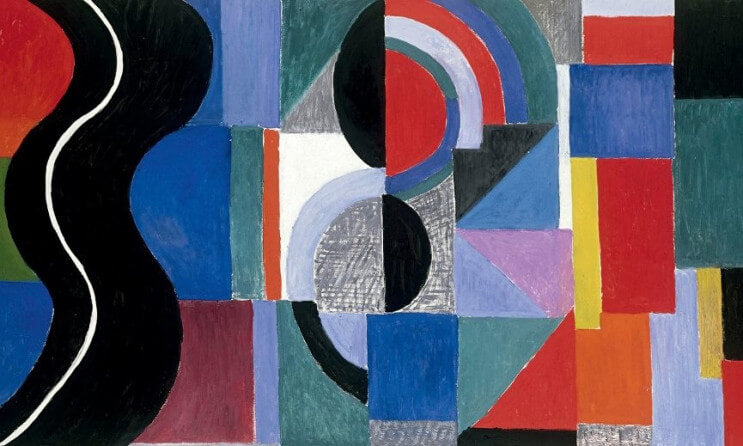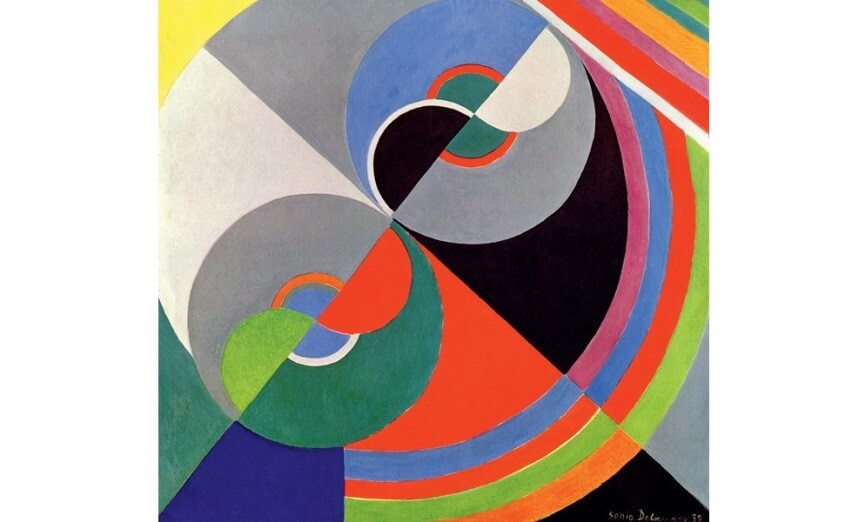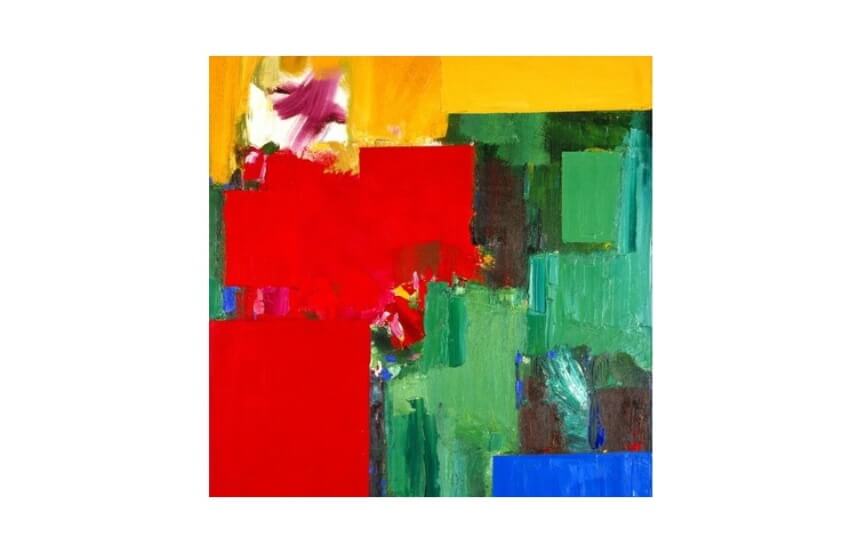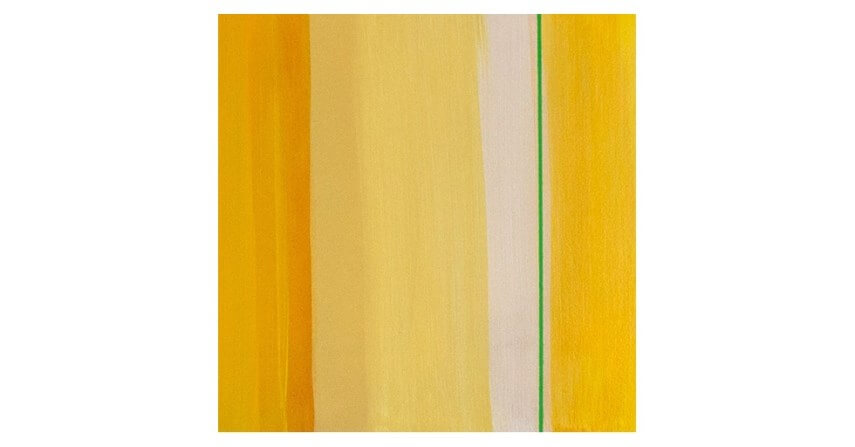
How Colorist Painters Speak With Hues
What a colorist gives us isn’t a yellow that says, “Yellow,” or even a yellow that says, “Mountain,” or “Tree,” but rather a yellow that says, “Eternity,” or “Fierceness,” or “Kindness,” or “Power,” or “Calm,” or “Love.” Colorist painters don’t simply focus on color, they communicate through it. They collaborate with it to express the otherwise inexpressible. They use color not to give us a surface to stare at, but to invite us inward toward something beyond the surface, deep within the painting, and within ourselves.
Speaking With Hues
The rebellious painters eventually known as the Impressionists held their first exhibition in a rented studio in Paris in 1874. The French establishment, embodied by the Salon, had rejected them, and this show only invited additional insults. Nonetheless, though misunderstood, the Impressionists gave us innumerable special gifts, not least among them a technique of painting tiny crescents of color. Seen from a distance, this technique somehow creates a more vibrant sense of color than that given by carefully mixed, traditionally applied paint.
Impressionist crescents demonstrate the law of simultaneous contrast of colors. Post-Impressionist groups such as the Fauvists and the Orphists deeply explored this phenomenon. The painter Sonia Delaunay coined it “simultanéisme,” describing how certain colors “vibrated” next to each other and how different colors, when shown next to each other, express differently than when shown alone, and cause each other’s hue to become more intense.
 Sonia Delaunay - Rhythm Colour No. 1076, 1939, © Pracusa 2014083
Sonia Delaunay - Rhythm Colour No. 1076, 1939, © Pracusa 2014083
The Great Colorist Painters
Throughout the history of abstraction, painters have continued to expand on “simultanéisme,” seeking to facilitate transcendent experiences through their work via the use of color. As the painter Hans Hofmann transitioned into pure abstraction, he created some of his most emotionally charged work by exploring the expressive richness of contrasting hues. Decades later, the Color Field artists evolved a perspective toward painting that exclusively focused on color’s revelatory power.
 Hans Hofmann - Elysium (detail), 1960, Oil On Canvas, 84 1/4 x 50 1/4 in, Blanton Museum of Art, © 2010 Renate, Hans & Maria Hofmann Trust / Artists Rights Society (ARS), New York
Hans Hofmann - Elysium (detail), 1960, Oil On Canvas, 84 1/4 x 50 1/4 in, Blanton Museum of Art, © 2010 Renate, Hans & Maria Hofmann Trust / Artists Rights Society (ARS), New York
Color’s Continual Conversion
The exploration of the language of hues continues today as new generations of artists seek ways to explore the color’s potential. The contemporary abstract painter Matthew Langley is expanding on the traditions of the color field artists, expanding their vocabulary in striking ways. Langley works in layers, accumulating fields of colors that evolve into a vibrating amalgam of complimentary hues. His intensive technique of building and reducing results in a depth of under-layers that pulls the eye inward. The result is work that reveals a sense of cycles, decay and new growth, and time passing.
The painter Brent Hallard is also building on the language of color, creating vibrantly colorful works on aluminum or paper using markers, watercolors and acrylic paint. Hallard arranges monochromatic color fields into precise configurations on his shaped surfaces. The contrasting color fields simultaneously shock the eye and soothe the subconscious. Hallard’s non-painterly surfaces possess an inherent flatness, yet his color choices and sense of exactitude create an optic dimensionality that pulls the viewer into an imagined space of contemplation.
 Matthew Langley - Solaris, 2015, 22 x 28 in
Matthew Langley - Solaris, 2015, 22 x 28 in
A Visual Rhythm
The contemporary colorist painter Ellen Priest is creating works that speak directly to the vibrational rhythm of color. Priest creates Jazz-inspired paintings that focus on capturing the experience of movement and light. By intuitively applying bold, gestural markings to her surfaces, she populates active white space with contrasting sweeps of color. The resulting images emit an improvisational sensation as the colors both react against each other and blend together. At first glance, the works are active, almost jittery. Upon further contemplation the mixture of hues created by the overlaid marks offers a more subdued space for the mind to inhabit.
What abstract colorist painters seek is an increased understanding of the communicative properties of color. That color speaks is undeniable. To hear it, comprehend it and translate it through painting is the colorist painter’s goal. Whether a viewer comprehends a colorist work depends somewhat on their way of seeing. One of the oddities of our human experience is that our eyes often see colors differently. But this is partially what makes colorist paintings such fertile for contemplation, as each of us must confront them individually and can only connect to them within ourselves.
Featured Image: Sonia Delaunay - Syncopated Rhythm, so-called The Black Snake (detail), 1967, Musée des Beaux-Arts, Nantes, France, © Pracusa 2014083
All images used for illustrative purposes only






